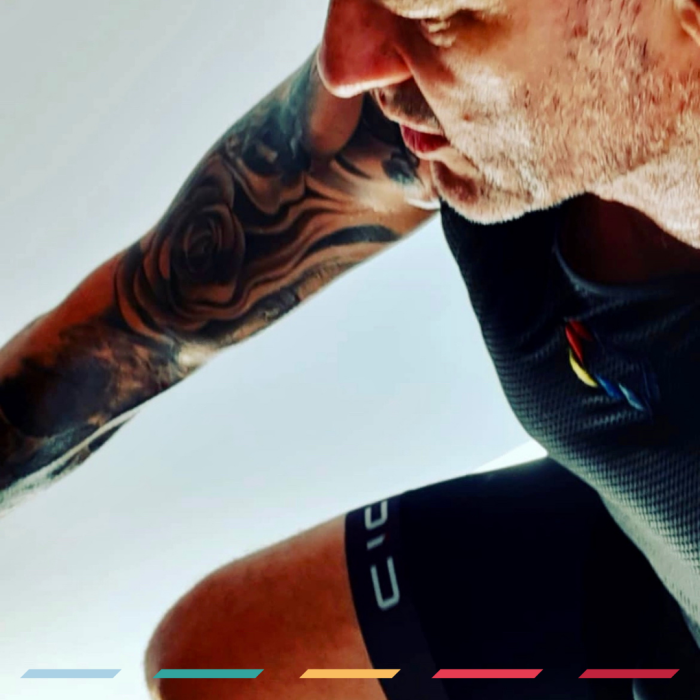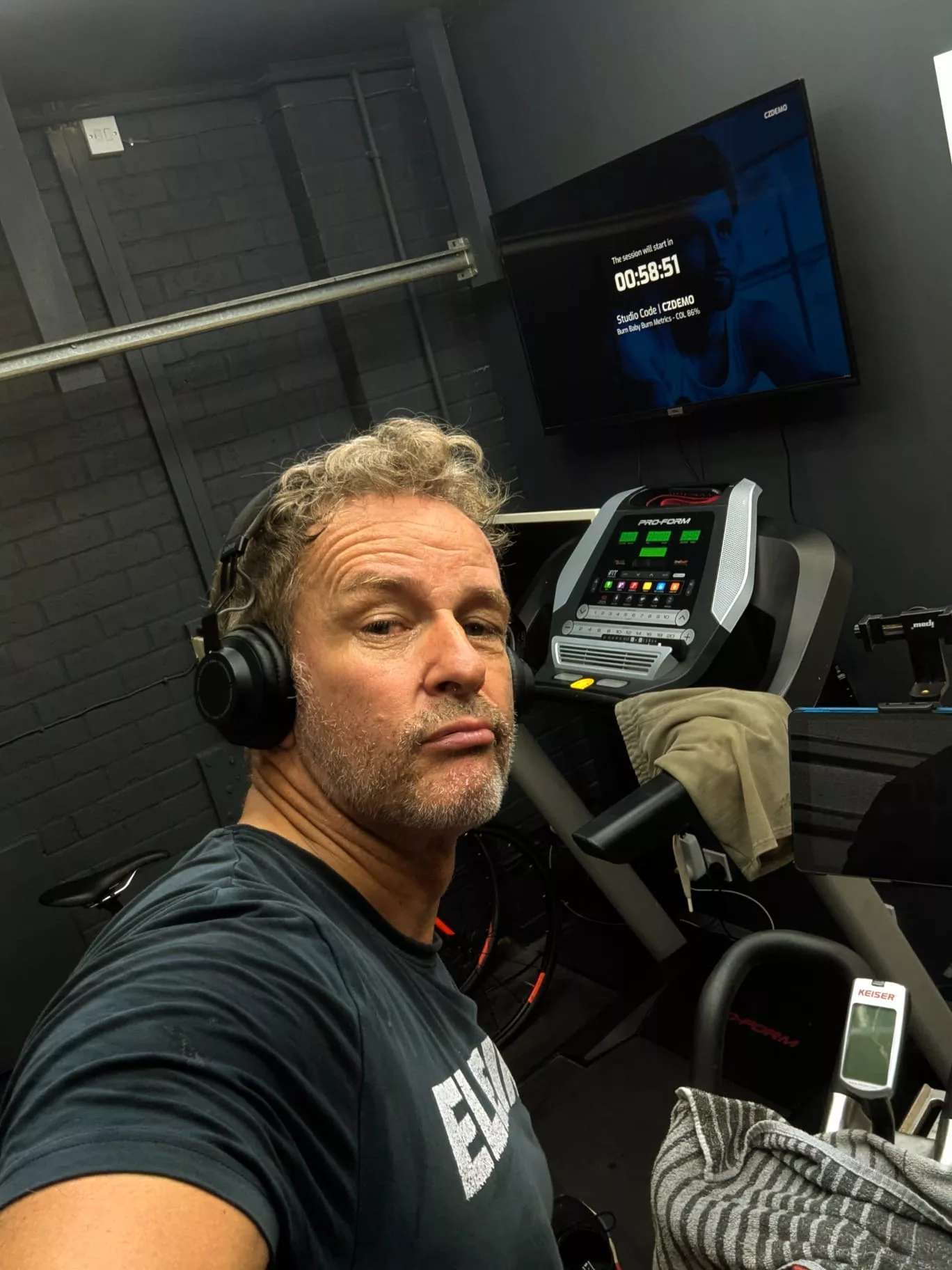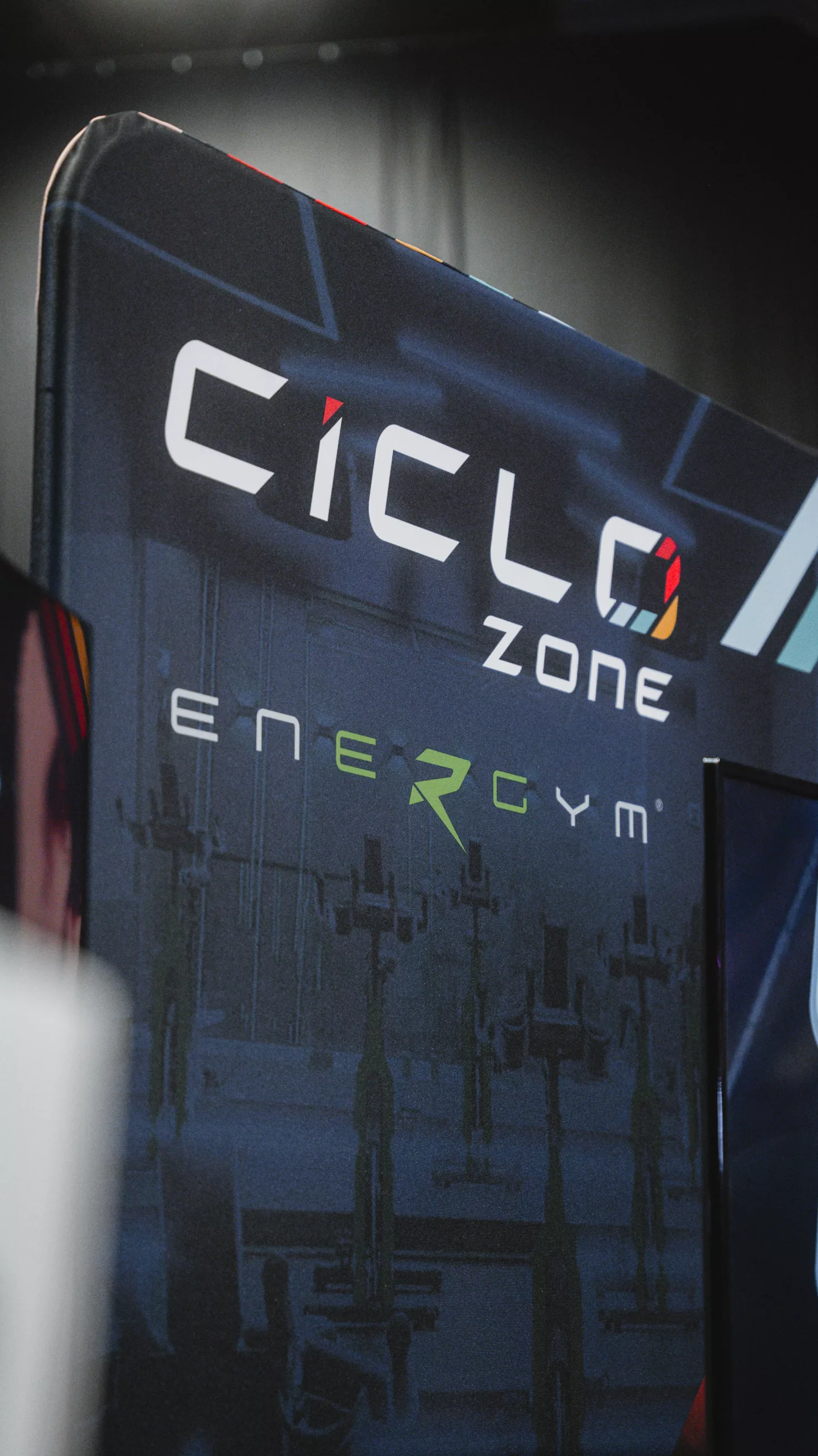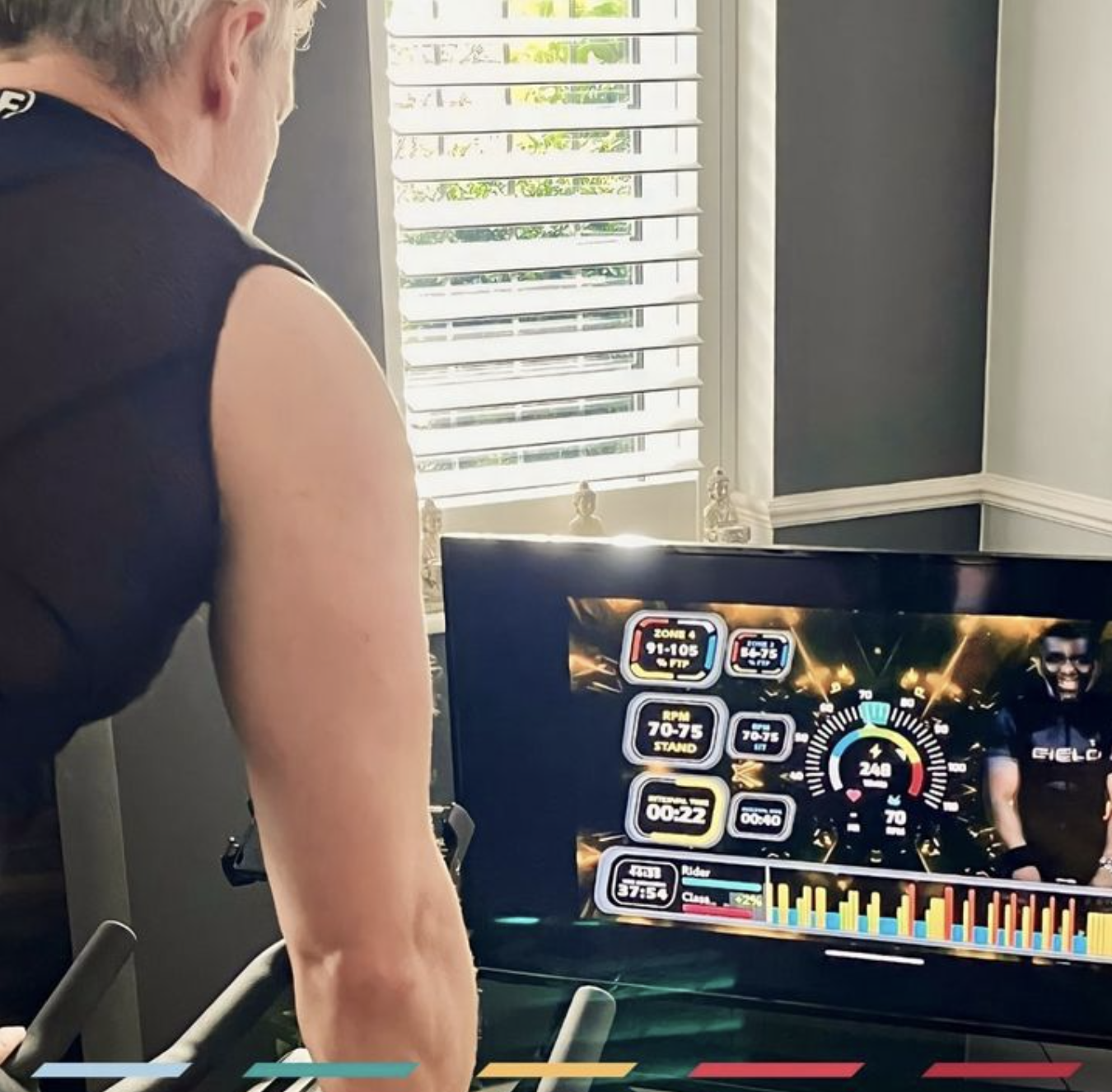Ok, so you’ve taken my advice from my previous nutritional blog (linked here if you missed it) and you have reduced your portion sizes, you are eating like a king for breakfast and a pauper in the evening… what’s next?
Everyone needs to realise that this is not a quick process, nor is it a quick fix. As with exercising, we are looking to make long lasting changes and the best way to make those changes permanent is to actually understand the reason WHY we are making the change, rather than just be told what to eat and when to eat it. It’s the same as with everything we attempt to do, once you are given the knowledge it’s a lot easier to accept the truth.
Firstly, irrespective of what anyone says, whether you are looking to lose weight, gain power and strength or both, then the magic word is CALORIES. How many calories? What calories? When to take them? These are the most important parts of any nutritional plan, and it’s at this point a nutritionalist will start to talk about macro nutrients and complex carbohydrates etc. Similarly, it’s at this point most people start to stare vacantly at the nutritionalist and lose interest completely because let’s face it, its sooooo boring.
I will be adding to this nutritional journey an instalment in March, which will cover the more specific elements such as macros and glycemic index, but for now I’m going to keep it relatively simple in the hopes that I don’t have you reaching for the pizza delivery number in sheer desperation.
Let’s go with the first of our three Calorie areas- How many Calories? Well, the recommended daily average intake of calories for men and women without a specific exercise regime varies with age, but generally for an adult between the age of 30 and 50 years your intake should be around 2000 calories for a female and males around 2400 calories. This generally means that the human body will expend around this amount of calories on basic function in any 24 hour period. If you consume this amount of calories from a varied diet, then generally you should fall within the recommended guidelines for body weight, mass and composition.
For those of us whose main objective is to lose a few kgs and reduce body fat, you add an hour of training, 3 or 4 times a week into the mix, you will expend more calories. If you don’t take any more calories on board daily, you will be in what we refer to as a calorie deficit, meaning your body will begin to assimilate stored fat calories into useable energy and in turn you will begin to lose mass and body weight.
However, how many times have you said or heard someone say “I’ve been to the gym so I need to fuel my workouts”, or you just start adding two protein shakes a day to your diet to help with your training, well that calorie deficit you may want to achieve has just been wiped out and to make matters worse, most people when exercising believe they are burning so many more calories than they actually are.
The magic 1000 kcals in 60 minutes? It doesn’t happen and is impossible for most mere mortals.
A real hardcore indoor cycle session for 60 minutes will most likely burn no more than 500 to 600 calories and a body pump or kettlebell class less than 350 kcals, so to try and ‘fuel your workout’ is an unnecessary and ridiculous notion for anyone wanting to lose mass or weight. All your body needs extra for this kind of routine is water, and bucket loads of it.
Now, if you are lucky enough to be in a good bodyweight and want to increase power, strength and maybe add a few kg in lean muscle mass, then that is when you want to be taking those protein shakes and increasing your calorie intake to ‘fuel your workouts’, if you like. Also, you tend to find that as you train in a specific way for a period of time, then you will become better at the way you exercise, be able to train longer with less rest and increase the weight on that barbell.
They best way to measure this progression is through metrics and data. Dead simple with weights- if you lifted 6kg dumbbells for 5 sets of 15 reps before and now you can do the same with 8kg dumbbells, then you are working harder and burning more calories.
If you want to be more specific then aerobic activities such as running or cycling using your heart rate data from a sensor has an accurate supporting calculation for calorie expenditure, but as we know heart rate is very individual and can give strange readings. For example, some people have a fast heart beat simply walking on a treadmill, and some cyclists can be working extremely hard with a relatively easy heart rate. In these cases the heart rate isn’t a good option to take. If you want to be even more specific and accurate, then power is the way to go. You cannot cheat, fool, or misread power. Male, Female, large or small power is always true and power has a direct relationship to both your energy systems and muscular output. I believe this is why cycling is so successful in getting results for individuals wanting to shed a few pounds.
Energy(kcals)=ave power(W) x Duration (hrs) x 3.6
For example, a cyclist running an average power of 100watts for 1 hour would be using 360kcals and you can see it would take an average of 300watts for 1 hour to burn over the fabled 1000kcals. It can be done, but not by many.
If you are lucky enough to have a gym with power connected bikes, using a system such as CicloZone to deliver your classes, then you can be sure that when you read your calorie burn on your CicloZone app post class and compare with the inflated reading on your apple watch, then you know the reason why and you know which one is more accurate.
In conclusion, and still keeping it simple, if you want to lose weight you want to keep you calorie intake around those levels for male and female given above and just increase your water intake. Vary your diet, reduce sugars and you will see results when you start to train. Do not ‘fuel your workout’, it isn’t necessary.
If you are wanting to gain power, strength and or mass, then simply do as above but increase your protein intake and take it directly after you train if possible in the form of a protein shake and you will start to see results.
We will, later in the series start to talk about types of calories and when to take them, but for now… as Sir David Brailsford used to preach to the team Sky riders ‘it’s all about those marginal gains’, or in other words steady as she goes…. one step at a time please.




